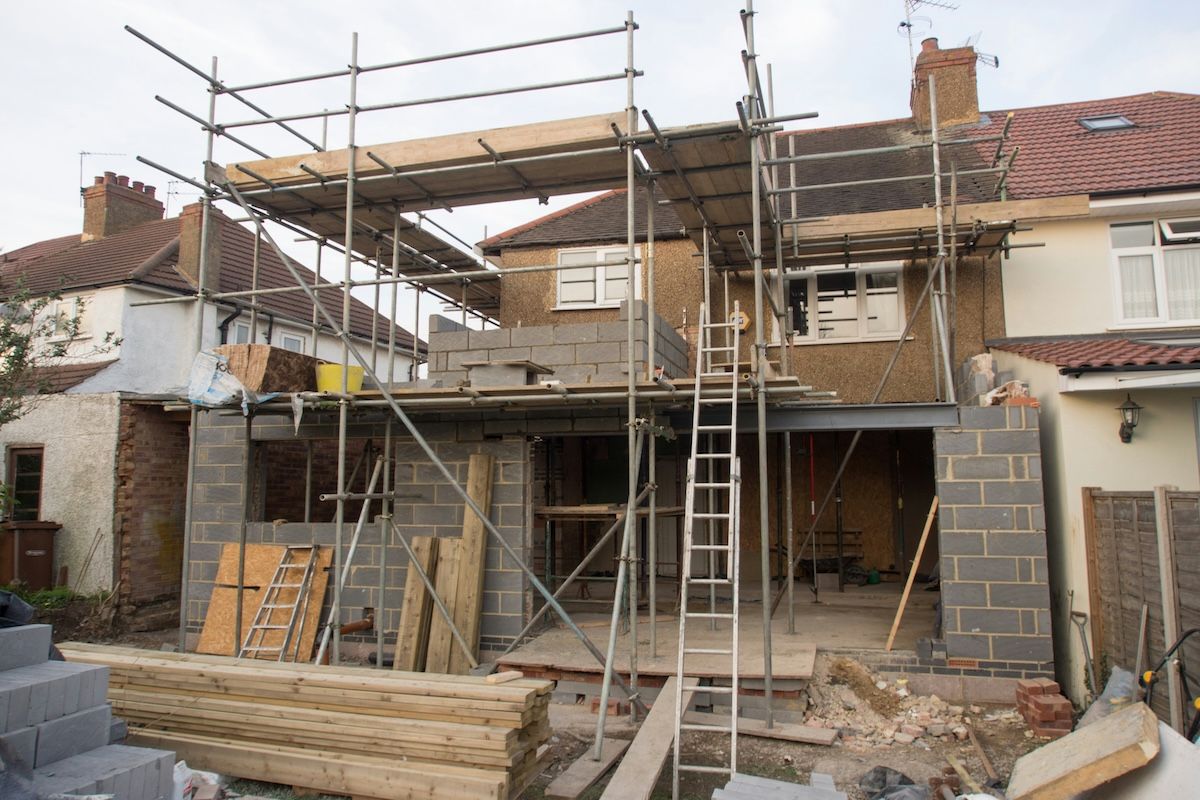Ontario Housing Crisis Challenges Mount as Supply Falls Short

Image by: unsplash
Ontario's housing crisis is intensifying due to a combination of factors, including a significant decline in new housing applications, a shortage of skilled labor, and complex zoning regulations. In 2021, there were 2,482 housing applications submitted in the Greater Toronto Area (GTA); this number dropped to 1,225 by 2023, indicating a substantial slowdown in development activity. Developers warn that this trend will lead to a dearth of new housing supply in the coming years, exacerbating affordability issues as demand continues to outpace supply.
Compounding the problem is a severe shortage of skilled tradespeople necessary for construction projects. Despite Canada's efforts to attract immigrants, less than 1% of permanent residents since 2015 have entered through the Federal Skilled Trades Program. This labor deficit has forced developers to delay or cancel projects, further hindering the province's ability to meet its housing targets. Additionally, navigating the complex web of zoning regulations has proven challenging for developers, particularly smaller ones. Inconsistent rule interpretations and bureaucratic hurdles have led to project delays and increased costs, discouraging new developments.
The gap between Ontario's housing supply and its rapidly growing population is the widest it has been in 50 years. Despite the provincial government's goal of building 1.5 million new homes by 2031, current projections fall significantly short. In 2024, only 81,000 housing starts are expected, barely half the annual number required to meet this target. Without immediate and effective action to address these challenges, including labor shortages and regulatory barriers, Ontario's housing crisis is poised to worsen before any improvement is seen.
Read the full article on: REAL ESTATE MAGAZINE

